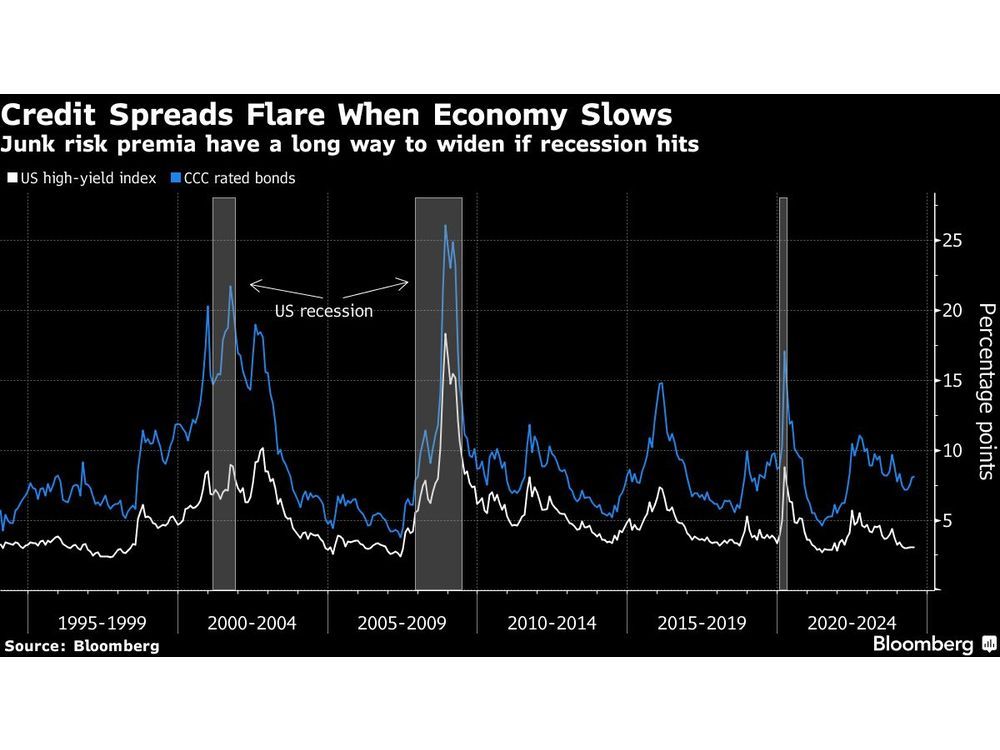Follow us on LinkedIn
Post-earnings-announcement drift (PEAD) is the tendency for a stock’s price to move in the direction of an earnings surprise for several weeks, or even months, following an earnings announcement. PEAD is a well-known phenomenon in the equity market, and trading strategies developed based on it resulted in superior returns.
Reference [1] examined the PEAD in the corporate bond market. It pointed out,
In this paper, we document compelling empirical evidence for PEAD in the corporate bond market. Bonds issued by a firm that had positive earnings surprises in the previous quarter tend to appreciate relative to bonds issued by a firm that had negative surprises. This evidence points to the bond market’s slow price reaction to prominent news that affects the value of the bond. Because we use bond transaction prices rather than quotes, the findings suggest that some investors trade at prices that are too low after positive news and too high after negative news. Taking advantage of this drift yields an attractive Sharpe ratio of 0.73, and the return on the bond PEAD strategy has little exposure to systematic risk.
In short, the post-earnings-announcement drift also exists in the corporate bond market. Further, the authors found that PEAD is the result of investors’ disagreement, and not due to illiquidity, as it was commonly believed,
Using a stylized model, we show disagreement slows information aggregation down and thus generates the drift. This explanation is attractive because it explains several empirical findings under the unified framework, including i) why bonds with higher volume exhibit more pronounced PEAD, ii) why the link between bond illiquidity and PEAD is weakly negative, iii) why bond PEAD remains robust over time while equity PEAD decays, and iv) why HY bonds exhibit more pronounced PEAD than IG bonds do.
This article provides an interesting insight into the relationship between the corporate and equity markets.
References
[1] Nozawa, Yoshio and Qiu, Yancheng and Xiong, Yan, Disagreement, Liquidity, and Price Drifts in the Corporate Bond Market (2021). https://ssrn.com/abstract=3990000
Further questions
What's your question? Ask it in the discussion forum
Have an answer to the questions below? Post it here or in the forum
Meta rolled back January 6-era restrictions on former President Donald Trump's social media accounts ahead of the Republican National Convention.



June saw 75 filings, up from 62 in May and above the pandemic-era peak of 74 in July 2020, according to S&P Global Market Intelligence.

Credit markets are breathing a sigh of relief after inflation data showed price pressures are cooling broadly, but a weakening economy poses fresh risks to corporate debt.